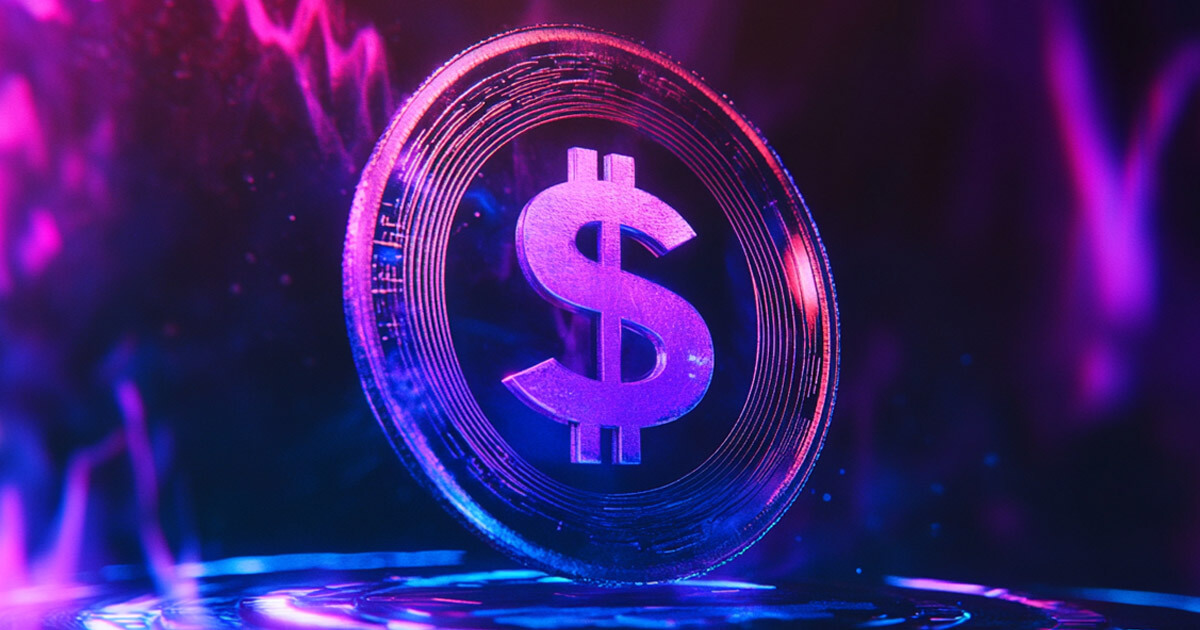
Athena Labs has prolonged its USDe “artificial greenback” to the Solana blockchain and revealed plans so as to add the SOL token as a supporting asset for the stablecoin, based on a press release on August 7.
The mixing of USDe with Solana was achieved via LayerZero's omnichannel fungible token (OFT).
Athena Labs famous that greater than 90% of Solana's $3.5 billion stablecoin providing doesn’t provide rewards. USDe goals to fill the hole and appeal to new customers by permitting them to transact on Solana whereas incomes rewards via its staked model, sUSDe.
The corporate additional plans to suggest SOL and a liquid staking model – jitoSOL – as collateral for USDe via a administration determination subsequent week. The transfer may unlock an extra $2-3 billion in open curiosity throughout main exchanges, additional boosting USDe's scalability.
Moreover, USDe holders on Solana can earn Ethena sats by staking USDe on DeFi protocols corresponding to Kamino, Orca, and Drift.
Market analysts famous that these strikes may enhance USDe adoption amongst retail cryptocurrency customers. The Solana blockchain's quick transaction pace and low value have helped it change into a distinguished stablecoin community, attracting the eye of main cost firms corresponding to PayPal.
USDe rapidly gained traction following the announcement, with Solscan knowledge displaying its Solana inventory at $523,936 at press time. In keeping with fromcrypto's USDe is the fourth largest stablecoin within the crypto market with a circulating provide of $3.1 billion.
$100 million buyout
In the meantime, Ethena Labs' enlargement got here throughout every week when USDe noticed its largest payout of almost $100 million on August 5 amid a broader crypto market selloff.
Conor Ryder, head of analysis at Ethena Labs, confirmed that the USDe has managed these buybacks successfully, sustaining its fixation inside round 30 foundation factors regardless of market swings.
In contrast to conventional stablecoins, USDe doesn’t depend on direct fiat or tangible asset backing. As a substitute, it makes use of by-product hedging with collateralized positions in ETH and Bitcoin and a mining and payout arbitrage system to keep up its fixation on the US greenback.
